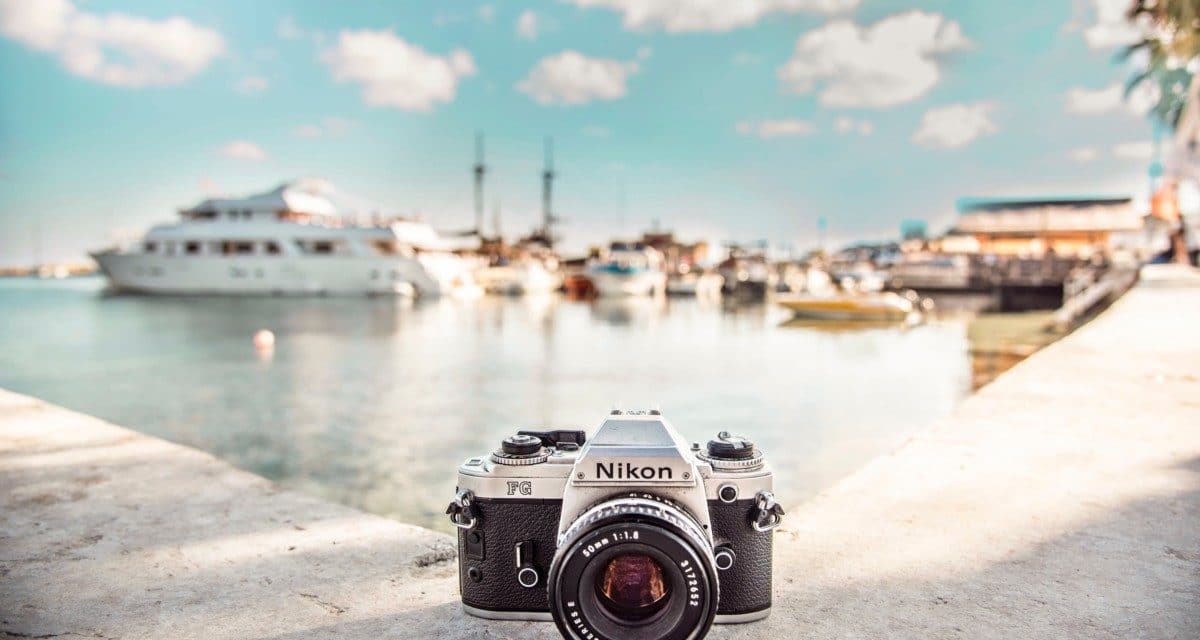[ad_1]
Now that everyone has already turned to digital cameras and developed their last film, a great number of people are upgrading from a fixed lens camera to a DSLR or an SLD. Compared to all but a handful of premium fixed-lens models, these cameras are noticeably more expensive, particularly when considering the cost of lenses.
When choosing which DSLR to buy, a great number of models compete with prices ranging from about $400 to over $8000 USD. It is easy to find a model that costs all of your budget and tell yourself you bought the best DSLR you can afford while forgetting about the cheap lens that comes with it. This is the biggest mistake you can make when buying a DSLR because:
The secret of modern Digital SLR cameras is that they are ALL really good.
Despite the price difference between the cheapest and most expensive DSLR, the image quality is similar and indistinguishable for most common print sizes and for sharing on the web. As a matter, it is often the case that an $800 camera and a $1600 share the same imaging sensor! There is a jump in quality between cropped-sensor DSLRs and full-frame ones which you can afford with a budget of at least $2500 USD excluding a lens. However, even that jump does not compare with the difference in quality between a cheap and a high-end lenses. Therefore, spending more money on a lens will often improve image quality much more than spending more on a camera.
Now that image quality differences are out of the way, it's time you should know that image quality has very little to do with the impact of photography. What makes a great image is complex but the least important aspect is its quality. That's right, people appreciate images based on many factors of which image quality plays a small part. Take a look, for example, at great photographs of National Geographic made over 30 years ago. They are still great images, even though the cameras used were well capable than today's.
Lenses play a role in image quality but, most importantly, they control the vision you put into your images. Depth-of-field, focal-length and perspective change your photos dramatically. Choosing the right lenses gives you creative power of all these aspects. To quote LIFE photographer Joe McNally:
…the lens is incredibly important to what photographers do; it defines what we see.
For this reason, it is critical to spend enough to get lenses that suit your photography in terms of subject and style. At least, one of the greatest advantages of DSLRs is that there are so many lenses to choose from. So, if you already have a DSLR, you should strongly consider making your next photography purchase a lens. If you do not own one yet, then the best advice is to choose lenses first.
Do not only choose your next lens, but all the ones you would like to shoot with. Start by buying one and get more as budget permits. Renting lenses is also possible for times when you need something for a special occasion. The good thing about buying lenses is that they tend to outlast cameras because optical technology changes less. Most mid-to-high quality lenses also increase in value and usually end up forming the bulk of your investment in photography, so choose wisely.
Just like buying a digital camera requires some research, so does choosing lenses. If you feel confused by basic lens terminology such as focal-length, aperture, filter-thread, supersonic, etc, then you should really start by reading a lens buying guide. By reading two pages there, you will know all the basics about camera lenses. If you already know what you are looking for in terms of focal-length, aperture and type of lens, the Lens Finder can find and compare lenses that match your criteria.
[ad_2]
Source by Itai Danan

